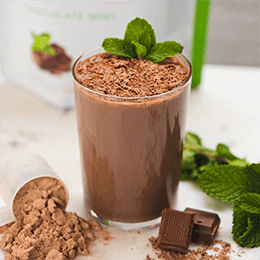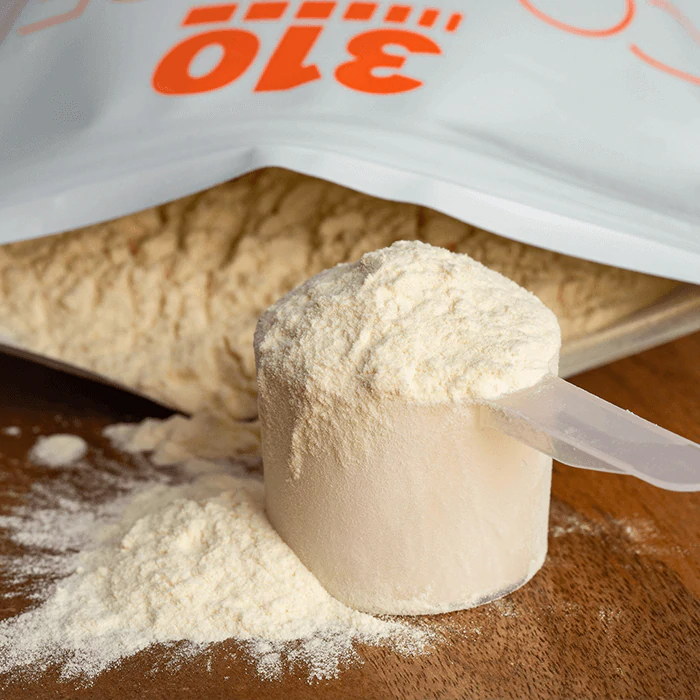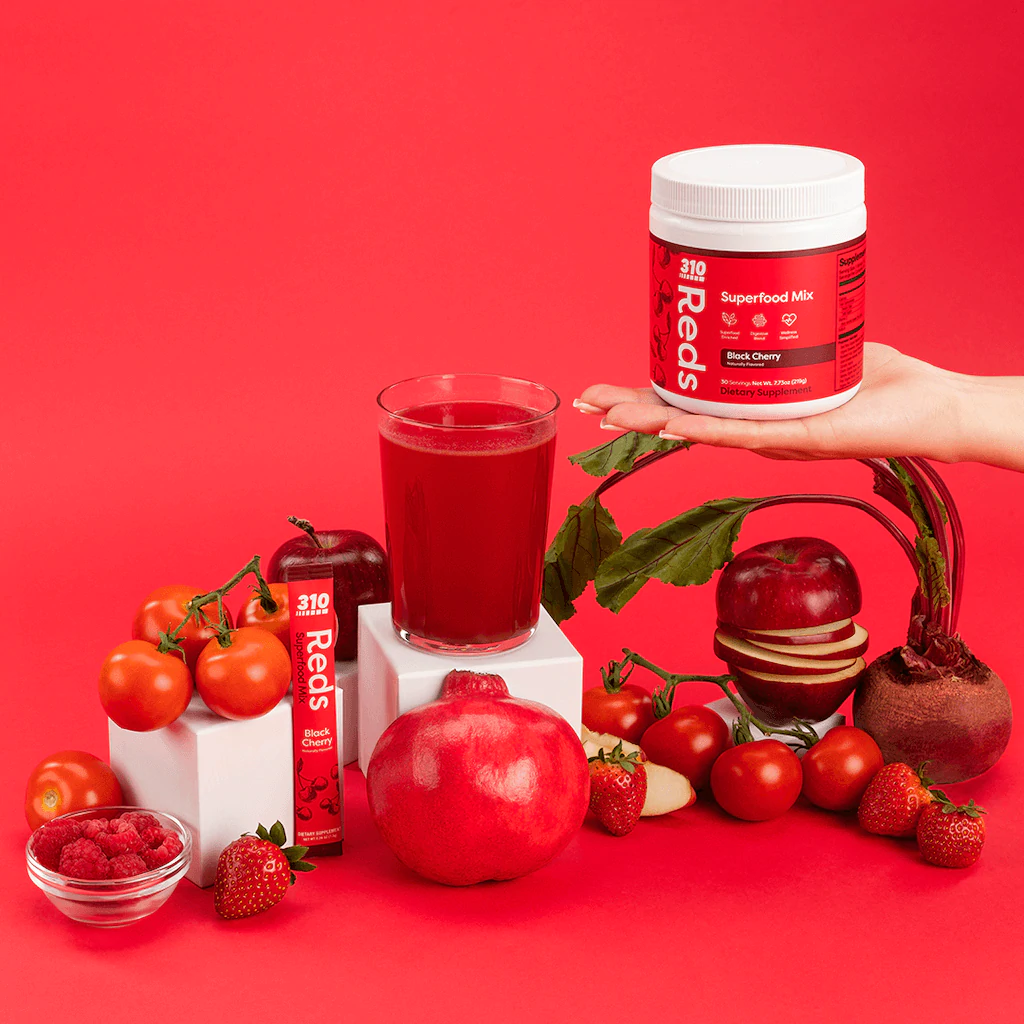We’ve been seeing a lot of chatter lately on our Facebook page about customers adding chia seeds to their 310 meal replacement shakes. We think it’s a fabulous idea; but also thought it would be great to explore the topic of chia seeds. Why you should care about chia seeds? Why are chia seeds good for you? How do you use chia seeds?
What are Chia Seeds?
Chia seeds are small, flat, and oval in shape. There is relatively little flavor, but they have many nutritional benefits to them and can be added to almost anything. They vary in color and can be white, brown, or black.
Native to Guatemala and Mexico, chia seeds were once a staple food for ancient Mayans and Aztecs.
What Can Chia Seeds Do for You?
With large amounts of fiber and omega-3 fatty acids, chia seeds also have plenty of high quality protein, antioxidants and multiple essential minerals.
These small seeds may help you improve your risk factors for diabetes and heart disease. They help lead to better digestive health and increase blood levels of heart-healthy omega-3 fats.
Chia seeds have the ability to absorb liquid and form a gel; this means they can be used as an egg replacement in recipes or to help thicken sauces and soups. And, while soaking chia seeds before consumption is optimal to helping you feel full longer, it’s not entirely necessary.
Improved Blood Sugar
Healthy blood sugar level is critical for optimal health. Studies conducted in animals have shown that chia seeds actually reduce insulin resistance and improve blood sugar. These are important risk factors to note for type 2 diabetes, heart disease, and metabolic syndrome.
In studies with humans, it has been discovered that bread made with chia seeds causes a reduced blood sugar response as opposed to traditional breads.
Increased Blood Levels of Omega-3 Fats
Vital to your body and brain, omega-3 fatty acids help your body to function. Chia seeds are an amazing source of the omega-3 fatty acid ALA. And though it needs to be converted to active forms of fatty acids, like EPA, before the body can use it, studies in both animals and humans have shown that chia seeds may raise blood levels of ALA by as much as 138% and EPA up to 39% .
Increase Fiber Consumption
The reality is most people do not consume enough fiber. Linked with improved gut health and a lowered risk of numerous diseases, fiber improves our health.
In a single ounce serving of chia seeds you receive 11 grams of fiber. This amount is 44% of the recommended intake for women and 29% of the recommended intake for men.
Because of the absorption ability of chia seeds, they increase the overall volume of the food in your digestive tract. This leads to decreased food intake and longer periods of remaining satisfied.
Additionally chia seeds are particularly high in insoluble fiber (a plant fiber that does not break down in the digestive tract), it has been linked to the decreased risk of constipation, diabetes, and increased stool bulk.
Lowered Blood Pressure
For individuals who already have high blood pressure, chia seeds have been shown to lower blood pressure. This then reduces your likelihood of dealing with chronic diseases, like heart disease.
Nutrition
So, we have told you what chia seeds can do for you and your health. But, what exactly is the nutritional value?
Chia seeds have just 138 calories per ounce. They are 46% carbohydrates (of which 83% is fiber), 34% fat, 19% protein, and 6% water, by weight.
Here is a complete breakdown of their nutritional value:
Increased Protein
At 19% protein, chia seeds contain more protein than cereal and grains. However, this amount of protein is about equal to other seeds.
By consuming protein and increasing your daily amount it has been shown to improve satiety after meals and reduce your overall food intake.
Furthermore, high quality protein, like what is found in chia seeds, contains essential amino acids and is a good plant-based protein source. And for those who consume specialty diets, they are gluten free.
Carbohydrates and Fiber
The majority of the carbohydrates found in chia seeds come in the form of fiber with more than 80%! Like we previously discussed, a single ounce of chia seeds there are 11 grams of fiber. With so much fiber it offers a significant portion of the recommended daily value for both men and women.
The fiber that is found in chia seeds is 95% insoluble, which has been associated with a reduced risk of diabetes. It’s been found that some insoluble fibers do not break down in the gut like their counterparts, soluble fibers. This promotes the forming of fatty acids and improves colon health.
When you prepare chia seeds by placing them in water or other liquids, the fibers can absorb ten or twelve times their own weight, and turns the chia seeds in to a gel.
Fat
Omega-3 fatty acid makes up about 75% of the fats found in chia seeds. The remaining is omega-6 fatty acids. They are the best known plant source for omega-3 fatty acids and are even better than consuming flaxseeds.
How Much Is Too Much?
This is a really great question to ask at this point. It’s so easy to add chia seeds to your daily routine, but it’s not necessary to go overboard. Because of how much these tiny seeds can absorb, a little goes a long way.
If you’re watching your calories, you will want to include the calories you’re consuming with chia seeds. An ounce, spread throughout your day, will certainly help you stay full longer and will only add an additional 138 (good) calories to your day.
Otherwise, you should know that omega-3 fats may have a blood thinning effect. If you’re taking blood thinners, we recommend that you speak with your doctor before including chia seeds in your daily weight loss routine as the omega-3 fatty acids may affect medication.
How Should I Use Chia Seeds for Weight Loss?
Now that you know what chia seeds are and how they can work for you, it’s time to incorporate them in to your weight loss strategy! Here are a few suggestions from us and our Facebook fans at how chia seeds are being used to aid in weight loss:
- Add them to your water! It is vital to your health and weight loss goals that you consume water. Because chia seeds have very little taste, they’re easy to add to water. And while you sip your water all day long, they will continue to absorb and expand which will help you feel full and fight the urge to snack or lose track of your goals.
- Add them to your shakes! We’d suggest soaking them in a bowl of water over night and allowing them to absorb as much water as they can. In the morning, simply add them to your breakfast shake to help you feel full longer.
- Add them to your snacks! Greek yogurt is a great high protein snack between shakes. Add a small helping of your chia seeds to your yogurt to give you an added boost of protein.
Your Turn!
Have you tried chia seeds? Have you added them to your weight loss routine and how are they helping you? Do you notice a difference in the way you feel when consuming chia seeds?
Sound off, we’d love to hear your thoughts and how chia seeds are helping you to improve your health and weight.
















